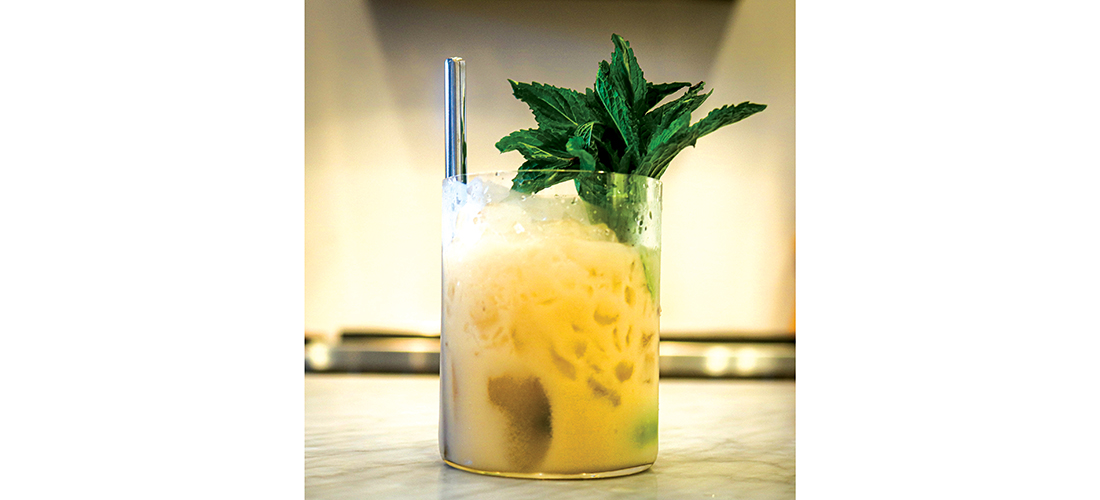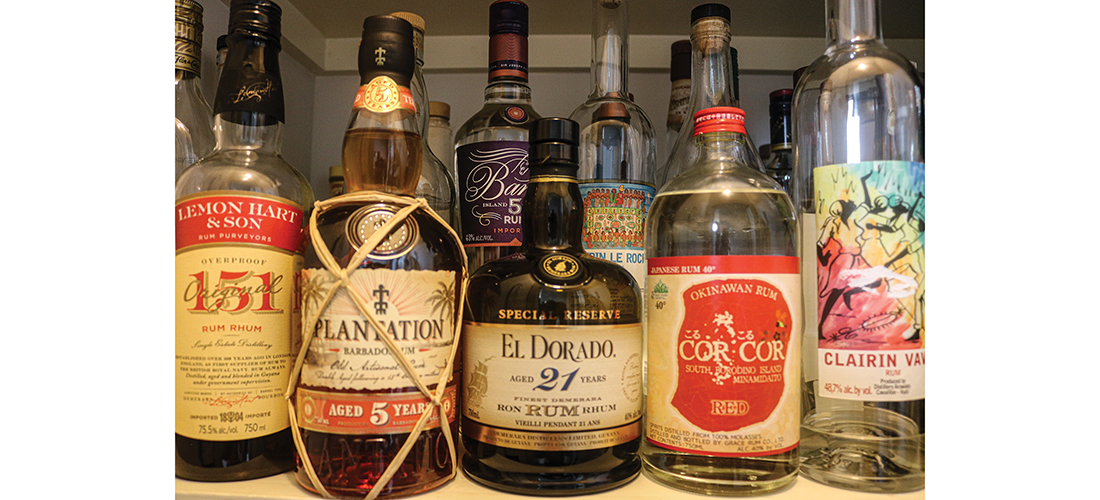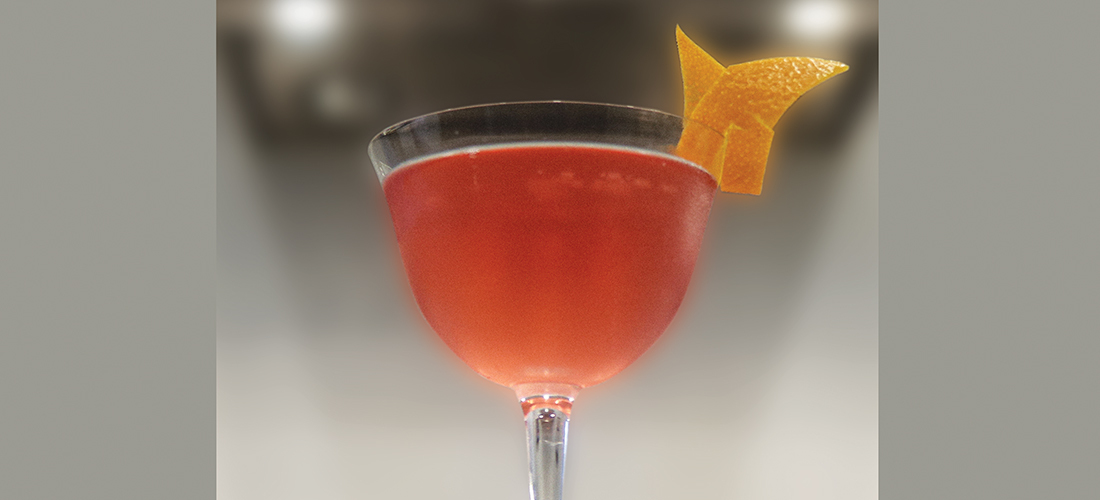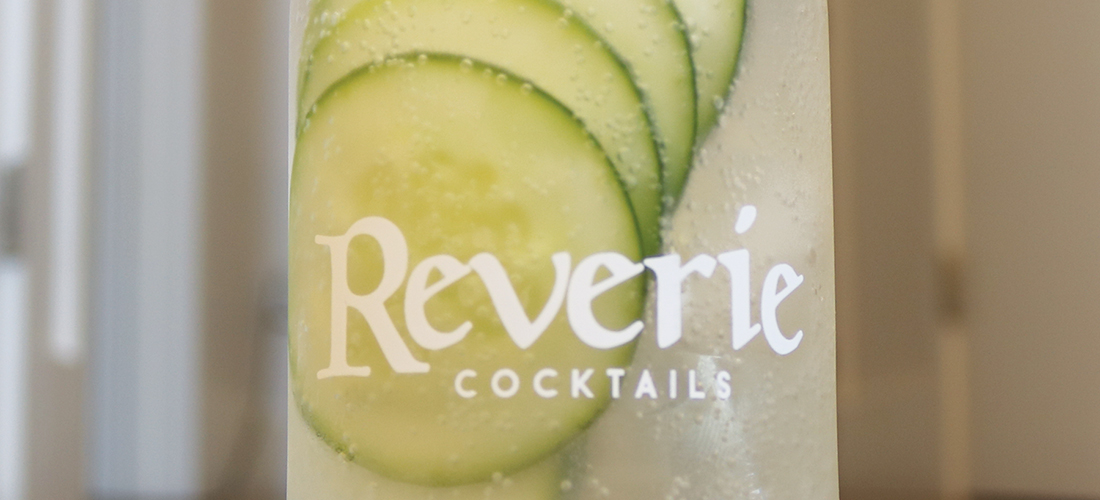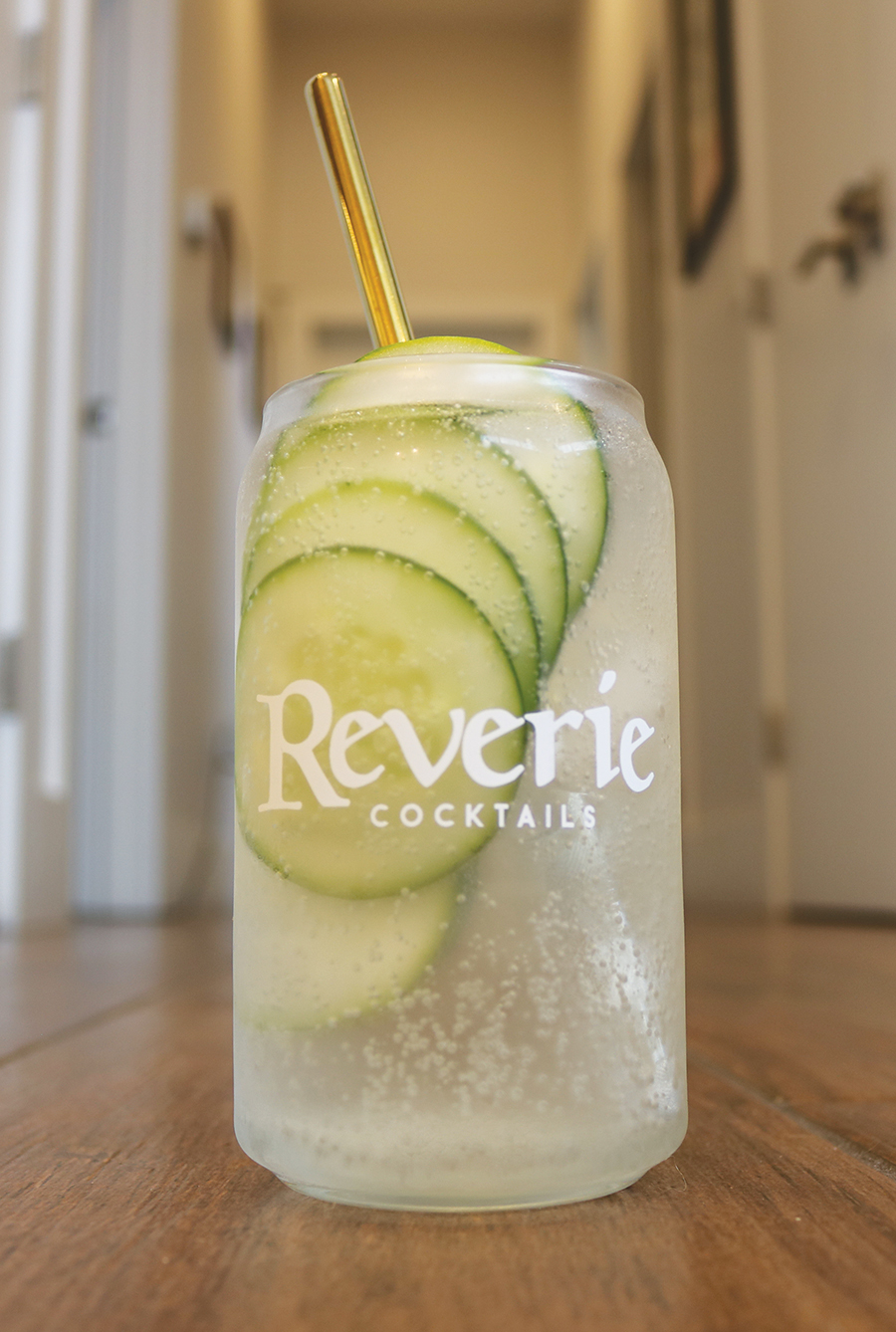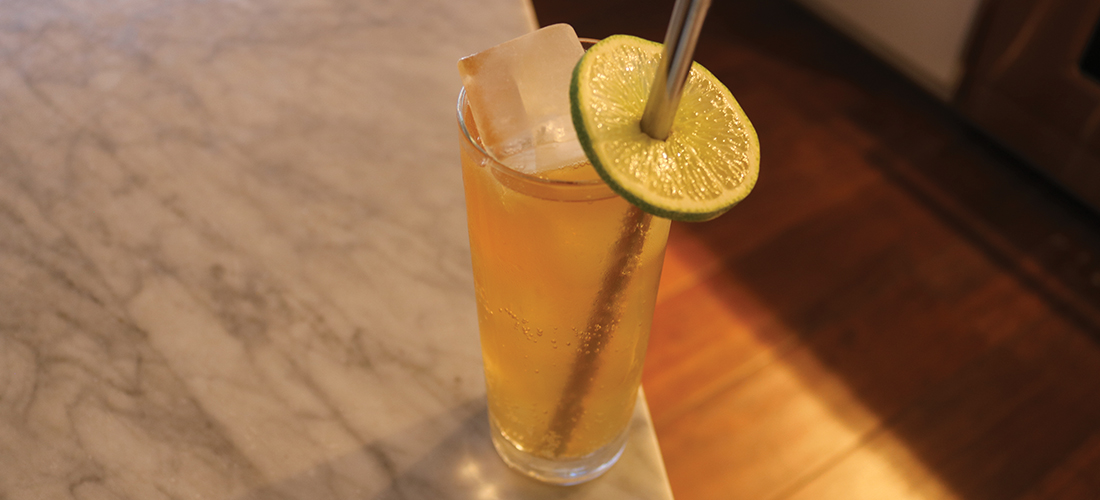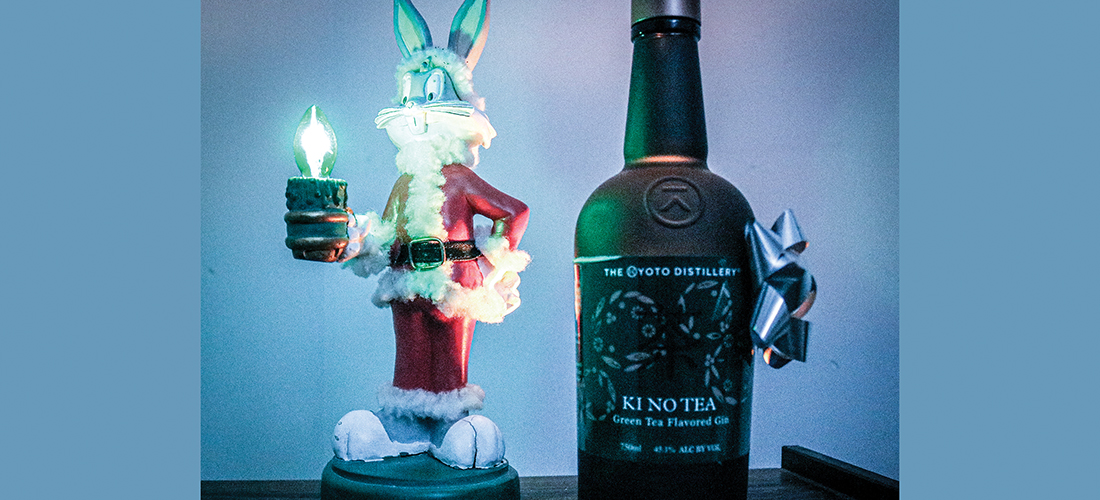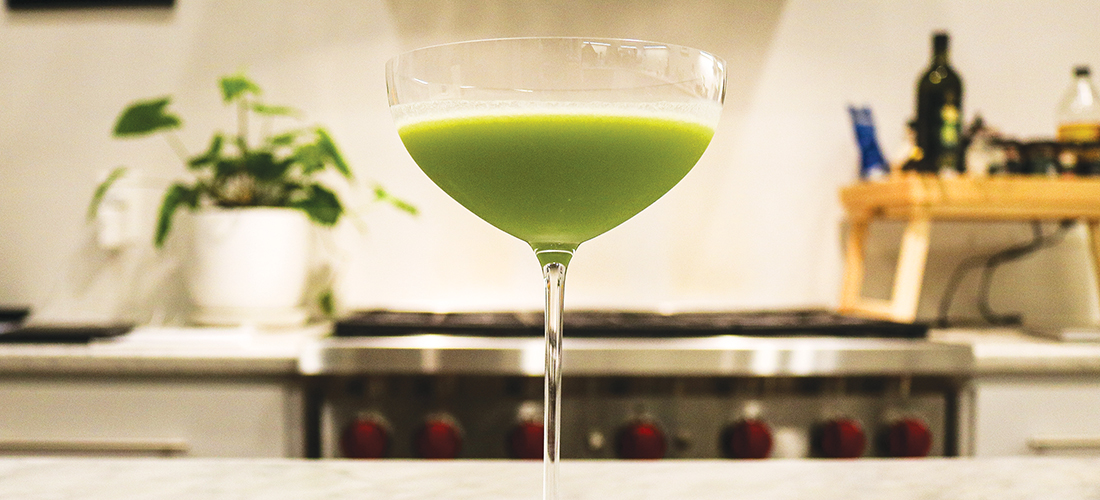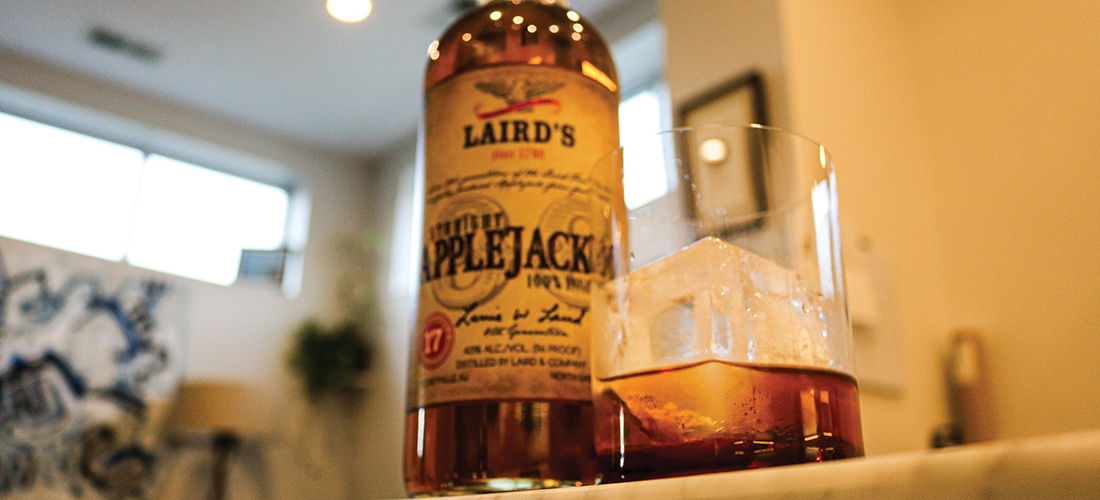Hidden Gems
Knock the dust off these old bottles
Story and Photograph By Tony Cross
A few weeks ago, I was gifted a few bottles from a friend who was cleaning out her bar. She told me she had some spirits collecting dust on her shelf and wanted to know if I’d take them off her hands. I quickly obliged even before I knew what the bottles were. The small box I picked up contained almost full bottles of Luxardo Maraschino liqueur, Green Chartreuse (another liqueur), and Fair Game Beverage Company’s “No’Lasses.” Part of me felt like I was taking candy from a baby. Here’s why.
“No’Lasses” Sorghum Rum
Sure, my love of rum is showing, but when I got home with this bottle, I flipped it around and saw that it was from the very first batch — No. 001 — produced by the distillery in Pittsboro, North Carolina. Chris Jude, the creator, and former distiller for Fair Game (currently the head distiller at High Wire Distilling Co. in Charleston, South Carolina) is a friend of mine, so I took a picture of the back label and sent it his way with the caption “Looky, Looky.” He messaged me immediately, “Where did you get that?” He explained that “batch 1 was probably the best because it was made with all syrup. It’s funny to think of how many orphaned bottles may be out in the world.” Years back, I was lucky enough to whip up a few drinks when Fair Game had its private release party, and a few years later when Chris added his Amber Rum and his limited-edition Carolina Agricole Rum to Fair Game’s repertoire. Rest assured, even if you can’t find a bottle from batch 1 of No’Lasses, all are delicious.
Sorghum Smash
2 ounces Fair Game No’Lasses
1/2 ounce fresh lime juice
1 teaspoon cane sugar
2 cubes pineapple
1 small peeled and diced piece of ginger
Muddle sugar, pineapple, and ginger in a shaking vessel. Add sorghum rum, lime juice and ice. Shake hard for 10 seconds and dump all ingredients into a rocks glass.
Green Chartreuse
I was shocked to be gifted a free bottle of one of my favorite liqueurs of all time. This retails for around $60 — another reason I was taken aback. This liqueur is great on its own as a nightcap, but even better when added to gin cocktails.
The whopping 55 percent ABV will give you lucid dreams if imbibed in said nightcap. If you’re unfamiliar with this Chartreuse (there is also a yellow Chartreuse — lower in ABV, with a completely different flavor profile), read the back label. Though it might sound like malarky, the story is true. “Chartreuse is made only by Carthusian Monks of La Grande Chartreuse near Grenoble, France. Chartreuse today is still made from 130 alpine herbs according to an ancient 1605 formula. The secret method of preparation is shared by three Carthusian brothers and is protected buy vows of silence.” Flavors of menthol, a touch of anise and spice stick out to me, but this is really a spirit you’ll need to sample for yourself, there’s so much going on. Try this in a gin sour and notice how just a little bit of Chartreuse goes a long way.
Goodnight Ladies
(Actually, call it whatever you want.)
1 1/2 ounce Sutler’s Spirit Co. gin (any new style of gin will work here, e.g., Durham Distillery or Hendrick’s)
1/4 ounce green Chartreuse
3/4 ounce fresh lemon juice
1/2 ounce simple syrup (2:1)
Combine all ingredients in a shaking tin with ice. Shake hard until tin is ice cold, then double strain into a chilled coupe. Garnish with lemon wheel.
Luxardo Maraschino Liqueur
In keeping with the original recipe from 1821, this liqueur is made with real marasca cherries. Harvested every summer, the cherries are put “in alcoholic infusion in larch-wood vats together with some leaves and branches of the same trees for up to three years. Only the heart of the distillate is then allowed to mature in ash-wood vats. The last process consists in transforming the distillate in liqueur by adding a simple syrup of water and sugar lowering the ABV.” (www.luxardo.it) This is a dry liqueur with a touch of spice. When I first started bartending, I saw many recipes using this liqueur. I was expecting a sweet, cherry liqueur. Boy, was I wrong. Like the Chartreuse, a little bit goes a long way. You may notice this bottle the next time you’re at your favorite cocktail bar — there’s no mistaking the tall, green bottle that’s wrapped in straw with a red cap. There are lots of cocktails that call for Luxardo but I’ll share one of my favs, the Last Word, which also uses green Chartreuse.
The Last Word
3/4 ounce gin
3/4 ounce green Chartreuse
3/4 ounce Luxardo Maraschino liqueur
3/4 ounce fresh lime juice
Combine all ingredients in a shaking tin with ice. Shake hard for 10 seconds, then double strain into a chilled coupe. No garnish. PS
Tony Cross is a bartender (well, ex-bartender) who runs cocktail catering company Reverie Cocktails in Southern Pines.


